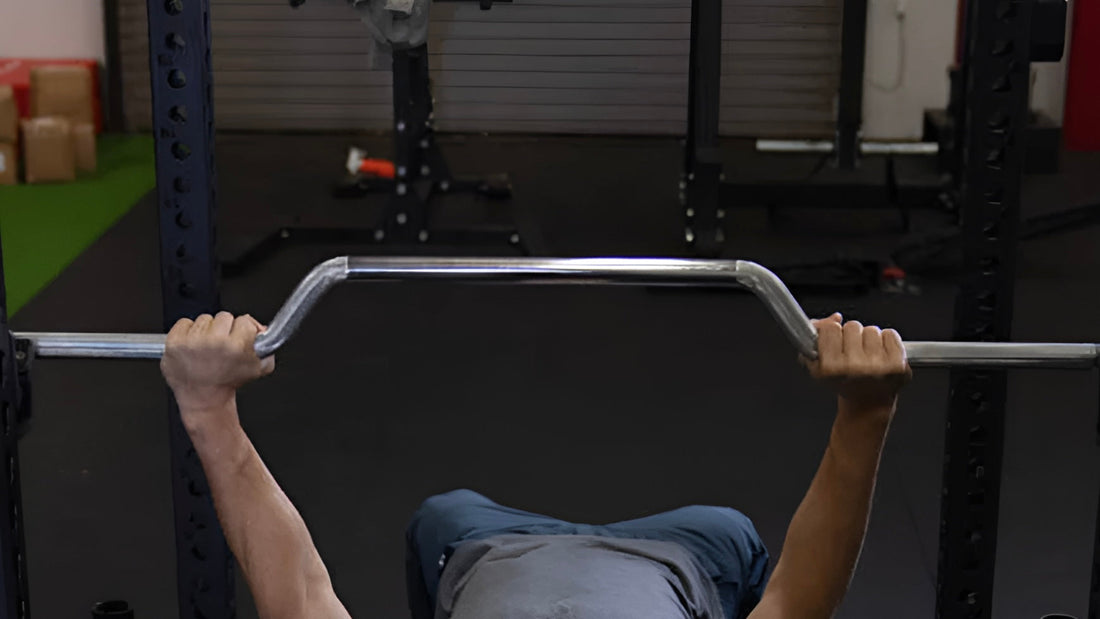
Cambered Bar 101: Why the “Bent” Barbell Feels Better
Share
If traditional squats or bench presses leave your shoulders and wrists aching, the Cambered Bar is worth a look. This specialty Olympic barbell has a distinctive bend that drops the weight plates roughly four inches below your grip. That simple change does three big things:
-
Saves your joints. The lower plate position lets your wrists and shoulders sit in a more natural, neutral alignment, cutting down on the pinching and torque that straight bars create.
-
Stabilizes the load. The offset sleeves shift your center of gravity slightly forward, encouraging a tighter core and more controlled bar path.
-
Fresh muscle stimulus. Because the bar “swings” a little, small stabilizers in your chest, shoulders and upper back get extra work that a rigid bar can’t deliver.
Using it is straightforward: grip the upper straight section exactly as you would a normal bar. During bench press your hands stay high while the plates travel beneath, giving a deeper stretch and a longer range of motion. For squats, the same geometry eases shoulder external rotation—great news for lifters with tight pecs or banged-up rotator cuffs.
Whether you’re a beginner trying to stay pain-free or an enthusiast chasing new growth, adding a Cambered Bar to your routine can level-up classic lifts without wrecking your joints.
